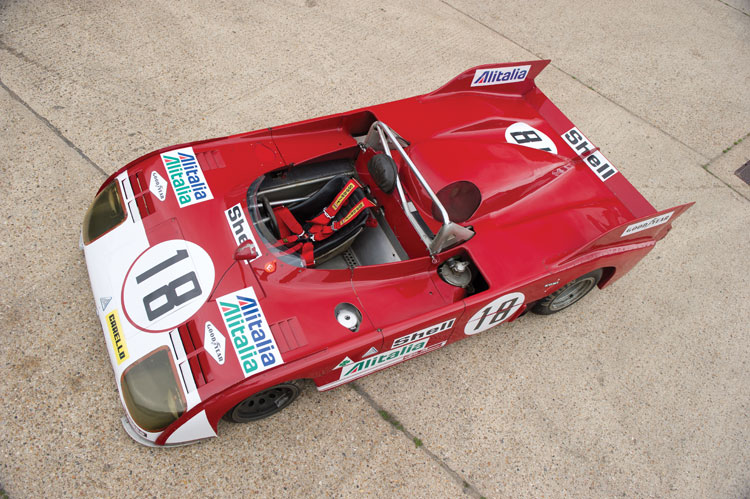No chassis number available
The Makes Championship racers of 1969–74 are not for the faint of heart or weak of pocketbook
Chassis number: AR11572010
– 4th overall at Le Mans with Nino Vaccarella and Andrea de Adamich
– Confirmed as a 1972 Alfa Romeo Autodelta team car
– Driven by Andrea de Adamich in the 1972 season
– Beautiful patina with original paint and interior
Thor Thorson
Thor Thorson is president of Vintage Racing Motors, a Seattle-area collector-car dealer and vintage-racing support operation. He has been actively involved with racing for over 40 years, dealing with racers from Ferraris to Sprites, but is mostly seen driving Elva sports racers. He has been writing the race-car profiles for SCM since 2003.

